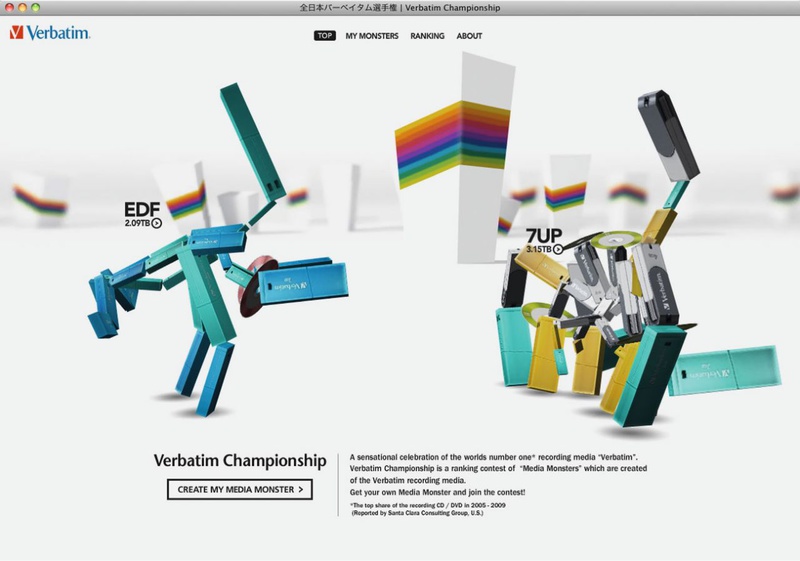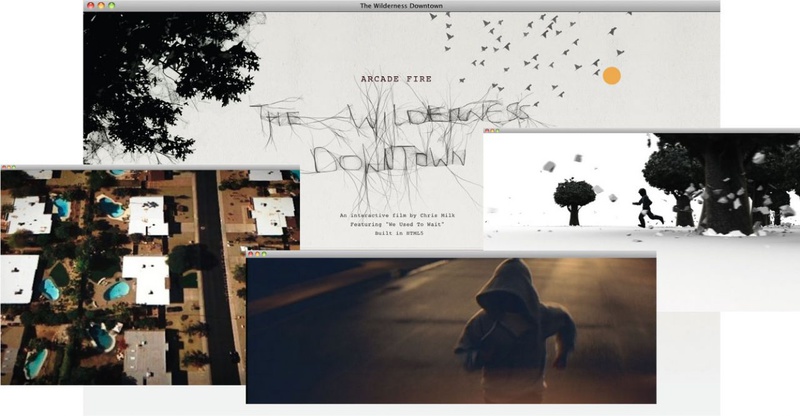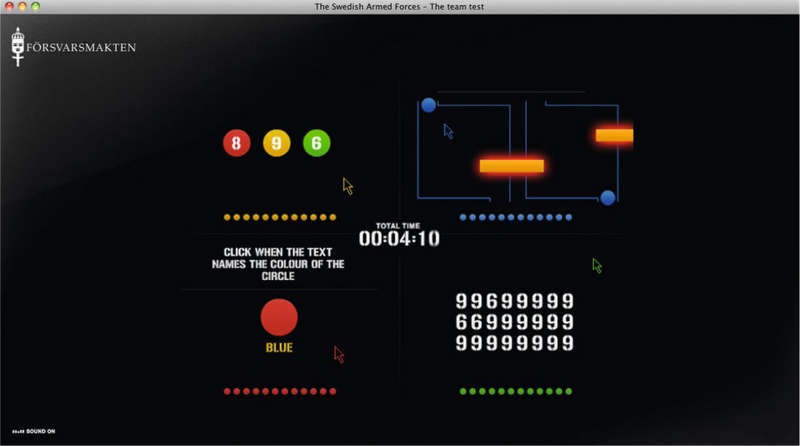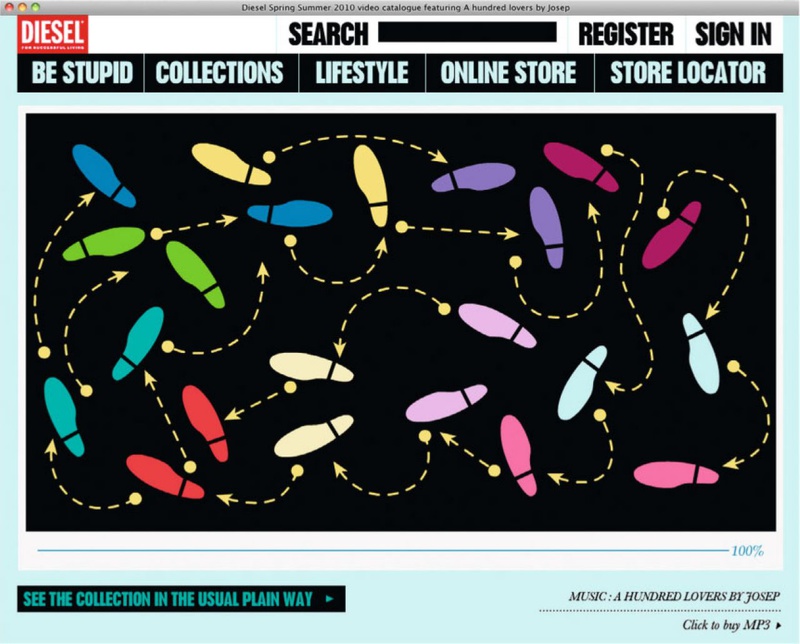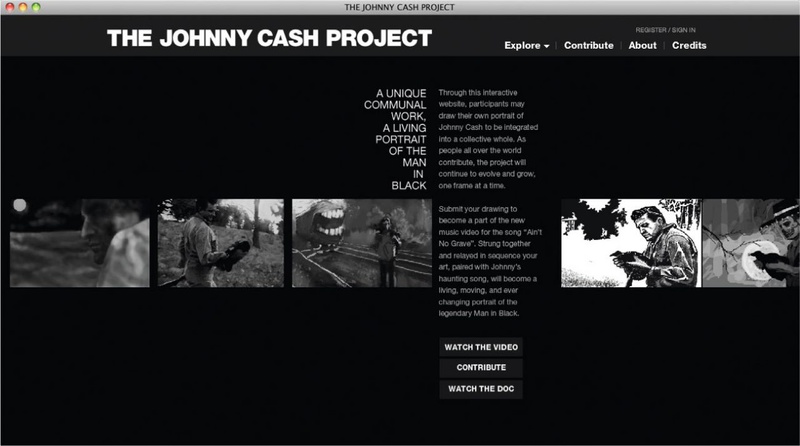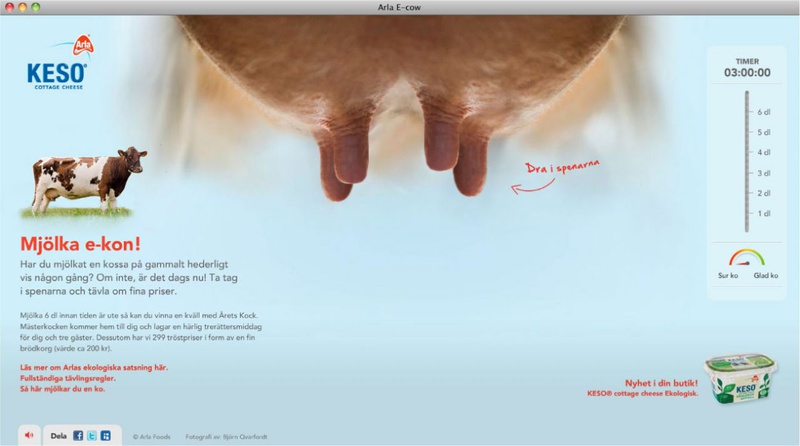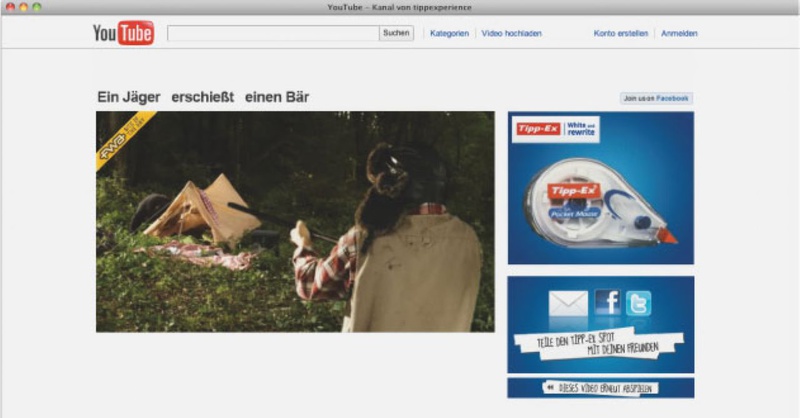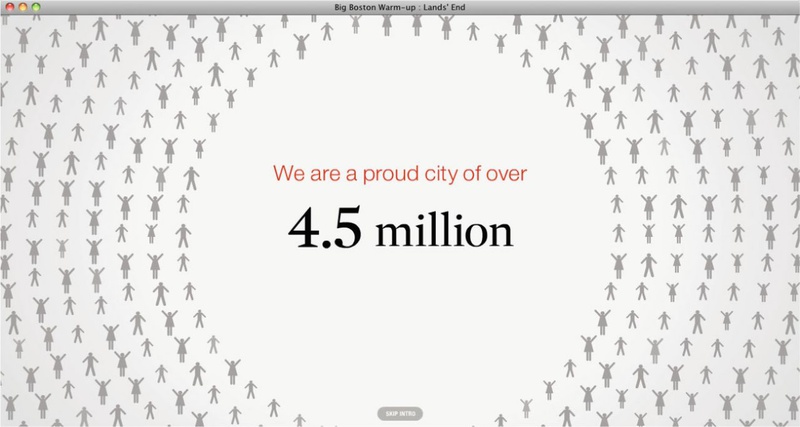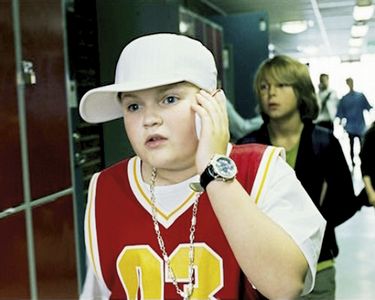Innovation is the key.Gideon Amichay is Chief Creative Officer and Partner at Tel Aviv agency Shalmor Avnon Amichay / Y&R. Amichay’s work has been recognized in international awards all over the world, including Cannes, where he has won a total of 13 Lions, and at the Clios, or the New York Festivals, to name but a fraction of them. Born in 1963 in Tel Aviv, Amichay graduated from Bezalel Art Academy, Jerusalem, with a B.A. in Graphic Design/Visual Communication in 1990. He started his career as a cartoonist and saw his work published in all major newspapers in Israel as well as, in 1995, in The New Yorker. He joined Shalmor Avnon Amichay / Y&R Interactive as a Creative Director in 1994 and the company has since become Israel’s most successful shop and one of the top ad agencies in the Middle East. In 2008, Amichay grad-uated from the Berlin School of Creative Leadership with an EMBA (Honors) in Creative Leadership. Hermann Vaske spoke to him in London.
L.A.: What is the state of creativity today?
Gideon Amichay: Well, I think a new model is appearing, where creative is not enough. Creative is good. But it is not enough. There are millions of pieces that are very creative but only a few that are really brilliant. A few years ago, brilliant was definitely enough to jump out from the crowd. People would say, “Oh, this is a brilliant idea!” and instantly this ranked the work in a category that was “better than creative.” But then, I believe, came a new era, where creatives made something which was very different. And in a way, “different” was stronger than “brilliant.” By different, I am speaking about a relevant different. It has to have a point. It’s not just about being different for the sake of being different, unique or entertaining. We are talking about a work which has a different angle on the category, on the brief, on the brand: twisted thinking. It’s the kind of work that makes you wonder, “How did they come up with this approach?” It’s the kind of advertising that stops you in your tracks and makes you go: “Oh, I have never seen that before. This is really different.” Sometimes, it’s not advertising at all, at least not the way we know it, but it was done on behalf of a brand. But that, too, doesn’t cut it anymore, because creativity shouldn’t stop there. There is a next phase, where innovation comes into the frame. These are the kind of ideas where you’re not only left wondering about the “How did they think of that?” but also about the “How did they do that?” It’s a lot more than just a different approach or idea. It’s something more than “never seen before.” It’s in the “Unbelievable,” “How did they manage to create this?” and “I don’t get it, it is mind-blowing” zone. It’s something you know you need to understand and get to the bottom of. It’s something I spoke about with the creatives at my agency. I told them: “You know what, let’s take a look at all the Gold Lions and Grand Prix winners. Are they just “creative”? Are they just “brilliant”?” And every creative in the room agreed that most of the big winners were
“different” and “innovative” – things that have really never been done before. It was very clear that innovation takes it all. Creative is good but it is not enough anymore. We need innovation that can lead the industry into a different place. Something that can be, and should be, the next benchmark. Take Google, Facebook or a brand like Apple. If you had to choose one word – creative, brilliant, different, innovative … – to describe them, which word would it be? Of course they are creative and brilliant and have great design, etc. But innovative would be the word. Innovation is really what makes them so powerful. Those brands are pushing the borders further and further, constantly resetting the next benchmark. And it’s the same with advertis-ing. Creative is not enough any more. And I am sorry to say that neither is brilliant. Those have become a kind of commodity. Innovation is the place to be. If you want to set the next frontier, you and your creative should be doing innovation. Innovation is the key.
L.A.: When you said stuff you have never seen before, how many times did that happen in your own work?
Gideon Amichay: Every week we have an Innovation Meeting at the agency (it used to be our “Creative Meeting”). The purpose of that meeting is our simple motto: “Bring the ideas you think we can’t do.” And from time to time there is that electric moment, when everyone around the table looks at one another and thinks about an idea and no one has a clue how to pull it off. How do we create this idea? How do we do this? It’s the kind of idea that will have you jumping through hoops and will push everyone forward, to cross all the borders. So it’s about a vision. It’s about something that not only have you nev-er seen before, but that nobody really knows how to do. And whenever you have such a piece, you understand immediately you’re dealing with some-thing that is big and really interesting. Another approach we use is what I call the “What-if approach,”, the “What-if idea.” And I keep telling my teams it’s very easy to come up with all these reasons why not. Why not? “Because it’s very difficult, because we don’t have money, because we don’t have the time, because the client will say “no” … because and because and because … What I keep telling them is: “Don’t ever think about why not. Let’s dream for a second about “what if.” What if we manage to create that idea? What will happen? And after we do such a big thing, what will it do for our client? How will the headlines read tomorrow?” So it’s about “what if,” about dreaming big, about how we can bring that piece of work to life. That kind of thinking really changed the way people bring their ideas to the table. It gave them more freedom to come up with more ideas and bigger long-distance dreams and projects. There isn’t “NO” in these meetings. First bring the big ideas, the big dreams; if they’re really great, then we’ll worry about how we manage to create them later. Last but not least, we have what I call “The Empty Wall.” It’s a big wall in my office on which I hang the great work we’ve done so far. It’s funny to see … ten years ago, that wall probably had only print and regular outdoor on it, sometimes maybe a key frame from a TV commercial, but mostly print ads. When you watch that wall today, sure there are a few prints, but the majority is ambient, special outdoors, integrated projects, digital, widgets, and other differ-ent and innovative ideas. So what’s the ‘”Empty Wall” about? Well, about a week after I return from Cannes, the wall is stripped empty. I take everything down. Turn it into a clean slate. That’s a heavy hint to the entire agency that it’s a new year. Sorry, but everything is history. We need to reinvent ourselves again. The “Empty Wall” is a loud statement. In fact it pretty much screams …
L.A.: You mentioned digital. How important is digital these days?
Gideon Amichay: Suppose you had a big toolbox with lots of tools. In that box you had one or two tools which were great. But, now, you have a new tool every week, and next week you will probably have ten more new tools. It’s amazing, the speed with which new tools are popping up. Digital is chang-ing our industry because there are so many new tools with which to tell the story and, at the end of the day, our job is to tell a story in the best-engag-ing way. The new tools are able to do more things and engage in many more ways. We never had such a time be-fore, where everything was changing so fast. As advertising and communication people, this is an amazing time. In the thesis I wrote for the Berlin School of Creative Leadership three years ago, I talked about the “Creative Consumer” – and now it’s already history. Nowadays, every consumer can challenge us on every aspect of creation. There is no point being afraid of that. It used to be that we were the only people that could be creative but, now, everybody can be creative. Everybody can do everything. In a second it can become a YouTube hit more powerful than any TV commercial. Who gave us the freedom to think that we are the only people who can be creative? There are millions and mil-lions of fresh brains with such different, bizarre and unique ideas, it’s great. Sometimes you see a video on YouTube and say: “Hey, what was that? That is the most unique thing I saw today.” Those great brains outside the industry can challenge us to be better. We are living in really challenging times.
L.A.: So it’s a kind of egalitarian creativ-ity, egalitarian innovation.
Gideon Amichay: Yeah. I keep telling the guys, it’s not about who comes up with the idea. It could be anybody from the agency, with or without any experience. We never lived in such a great time for creativity and innovation be-fore, and we should embrace it. It’s bad that agencies are afraid of this creative freedom, of people’s ability to compete with us. Competition is great.
L.A.: And it is the age of the amateur, isn’t it?
Gideon Amichay: I don’t call them amateurs because it’s not about that. It’s about ideas. It’s about being fresh and different.
L.A.: And you are allowed to fail on these things – on YouTube, I mean. You are allowed to make mistakes?
Gideon Amichay: First, you are allowed to make mistakes and, by the way, when you have the freedom to fail, you get to that never-done-before place. It’s okay to fail. It’s okay to be in the “I don’t know” zone. This is the way you learn, this is the way to shake things up and become better. “I don’t know”– how I love these three words! I believe that it’s much more interesting and challenging “not to know.” There’s nothing I hate more than the “auto-pilot” way. There isn’t a better way of getting a stereotypical and mediocre solution. That’s the most boring way. Eventually, if you go in the same direction, same car and same speed, don’t be surprised if you end up in the same place. Looking at the past few years, “I don’t know” projects got breakthrough results. We are a clean slate when we come into the world. From then on, we never stop learning – to walk, to talk, to write. Then a moment comes when we think we know everything. This moment is like a salad of defenses, ego and many similar “vegetables.” At this point, “not knowing” is seen as a weakness, even unprofessionalism. After all, knowledge is power, apparently. I think the opposite: it’s okay not to know. It’s a great starting point for learning more things. You don’t go into the next era knowing everything in advance, knowing what’s next. Sometimes you just do a project and it works. Very often, after these type of projects, my creatives come and ask me how I knew this would be successful. The answer is “I didn’t know.” I couldn’t know. Oh, what a world!
L.A.: You made this dream come true in your agency, to digress a little from this topic. Look back a bit and you made this dream come true a lot of times, and many, many of your creations won lots of Lions in Cannes, and you consistently do great stuff in Israel. If you look back, what are the highlights you recall?
Gideon Amichay: At our agency in Tel Aviv, we try to dream big. Last year, we won the Grand LIA, a Lion and a Gold Effie for a radio project we did for the Israeli Aids Task Force. It was a radio commercial that was broadcast at the same minute on all radio stations (18) in the country, at precisely 7:59 in the morning, which is the best time to be on the radio. It was a simultaneous radio spot which starred a character we called “The Doubt.” He was a noisy and nagging character. The spot started out with a statement which said that, “Every time you have unprotected sex, a little doubt is born.” In the spot, the nagging voice of the doubt character made you crazy and challenged you to switch stations: “If you want to get rid of me, try switching to another station.” What nobody knew is that we bought the same slot on all radio stations all over the country, so actually nobody could escape the doubt. You switched the station, but the doubt was waiting for you on the other side. The spot ended: “Is the doubt bothering you? Get a quick and anonymous HIV test and get rid of that doubt.” When we came up with that idea, the big question was, of course, will the stations cooperate? Will all the stations, which are day-to-day competitors, agree to ask listeners to switch station? Nobody knew it would be a “yes.” In fact we were sure it would be a “no.” But we managed to do it. We struggled with the radio stations but eventually succeeded in creating a Radio Event that became a big story in all the media. Everyone enjoyed it. The Aids Task Force got exposure like never before, but the campaign also did a great job for radio as a medium. It showed the medium’s strength and how it can drive people to action. And it all started during an innovation meeting in which we challenged ourselves to use radio in a different and innovative way. This year, we did something even crazier. Six weeks before International Aids Day we tried to invent ourselves again. The idea we came up with was to create a song, a pop song, three minutes long, with no connection to advertising at all. No connection to the agency or to a brand whatsoever. We created a band called SDIA and a song called “Going on the way.” It was a catchy song about a girl with an adventurous love life. The song was sent – not by us, so no one could make the connection – to all radio stations in the country, to DJs and so on. The music editors liked it and it got into playlists. It was played about 10 times a day and it ranked #4 on the music charts of the largest newspaper in the country. The song was on all mobile music portals and people could download it to their cell phones. It was even used as the wake-up theme song on the Big Brother show. It was being played everywhere. Then, on December
1st 2009, International Aids Day, we revealed that SDIA is actually AIDS spelled backwards. Until then it was just a song, but after the revelation it became an idea. It became a strong meaningful message: “See how easy it is to infect.” The project went on to win Gold, Silver and Bronze Lions in 2010. So, again, it’s different thinking, it’s a different approach to things. We knew making a commercial wouldn’t be enough any more. Aids has been around for 20 years now. It’s not a new issue and people have no interest hearing about it anymore. Nobody (TV, newspapers, etc.) wants to do an article about it. SDIA became a big story, real breaking news, with lots of items all over the media, bringing the AIDS issue back onto the public agenda.
L.A.: It’s a great idea!
Gideon Amichay: Thank you. It’s funny that the great team that created the SDIA campaign came to me about a month later and asked me, “How did you know that this was going to be such a success?” I said, “I didn’t know.” I mean, I couldn’t have known. It could have been a big failure. Let’s face it: if it was that easy to create a band, make music and be a rock star, we proba-bly wouldn’t be in the advertising business. So it’s about dreaming and approaching things from places you have never done before.
L.A.: Any other campaign you would like to mention?
Gideon Amichay: We were awarded our first Lion in 2007 for a print ad for Orange. It was a “Don’t text and drive” message. As far as I know, it was the first time a cellular company dealt with that issue. What cellular company would say to you, “Don’t send an sms” – they make so much money from text messages. But we thought they should take responsibility, so we created an ad where the text prevents you from seeing what’s important – a person crossing the street. At that time, it was an innovative idea. Now, there are many mobile companies who address this issue. Back then, when we came to Orange, they said, “It’s a great idea, but do you think we should do it? It’s kind of against what we do.” And we said, “Absolutely. It’s an innovative way to speak about text messages, one that takes real leadership.”
L.A.: Why are you innovative?
Gideon Amichay: Probably because it can make my life better. I enjoy my day more this way. Just think that, every day, you can invent something. Not only to create, but actually invent. After 20 years in the business, it is so great! It is so easy to create things we already know, things we have done in the past. That’s nothing. In fact, when I ask people “to bring to the table the ideas they think we cannot do,” it takes the entire agency to a better place. We cross borders and make our way into uncharted territory.
